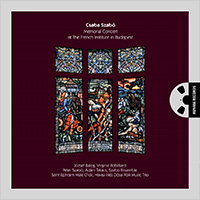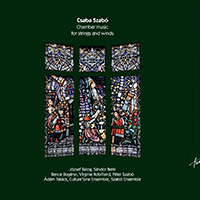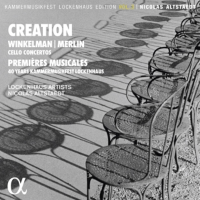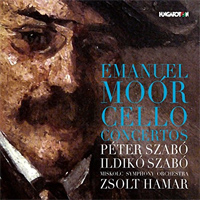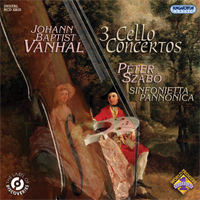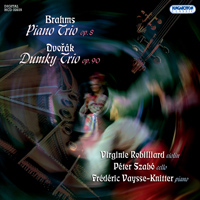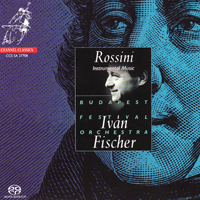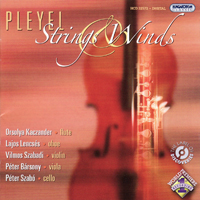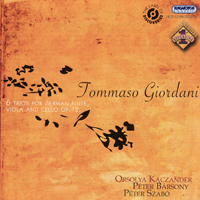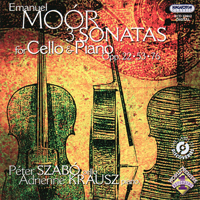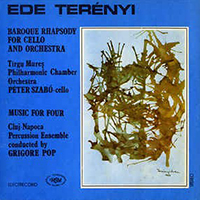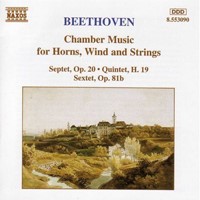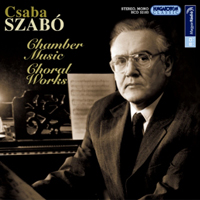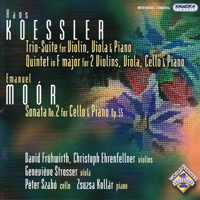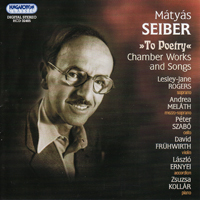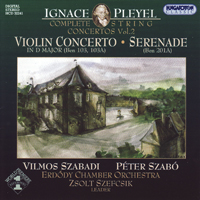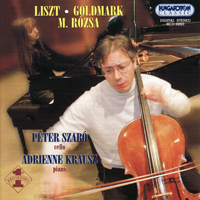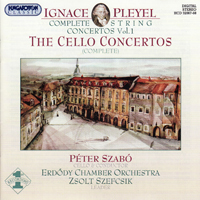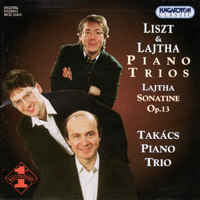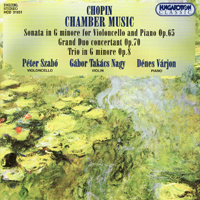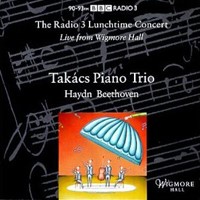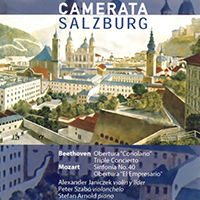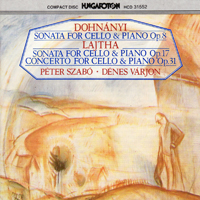Concert critic
The piano trio of Gábor Takács-Nagy, Péter Szabó and Dénes Várjon performed three voluminous and heavy compositions at the grand hall of the Academy of Music.The opening piece, Beethoven's op.70 E flat major No.2 , created the atmosphere and defined the system of organization of playing together: this time the performance primarily concentrated on very high volume.
The fast main theme of the opening movement was energetic and melodic at the same time --the interpretation emphasized not only the lyrical emotion, but also the tunefulness.. In the second movement of the Allegretto the three musicians focused on the rich variety of characters, while the sensitive interpretation in the Minuet highlighted again melody and showed that not only was Schubert Beethoven's contemporary, but also that many parts of the Beethoven pieces also evoke the sound of the younger colleague. In the finale, the vivid and animated rhythms put the emphasis on the power of music.
The tormented-passionate display of Schumann's op. 110 G minor trio increased to a symphonic sound. The finale's form is worthy of mention in itself: Gábor Takács-Nagy, Péter Szabó and Dénes Várjon used a dance-like spirit and strong character contrasts --almost drawing a portrayal of characters --to evoke the David-alliance's three characters, all of different tempers, Eusebius, Florestan and master Raro. How could the G minor Op. 15 Smetana piano trio possibly surmount that? With a further increase of passion and vehemence, with stronger sonority and an even braver interpretation of forms. The performance pointed out the number of 'irregularities' --in the good sense of the word --which are present in Smetana's whimsical but fascinating trio and it also proved that a true musician does not have to fear the lack of unified tempo- and movements characters: if he becomes one with the music, the sound will ultimately overcome the restrictions form.
Dénes Várjon’s touch rang like a crystal, it was stereophonic and clean cut --an excellent tool in an intelligent and emotional display. Péter Szabó and Gábor Takács-Nagy combine on the matter of rich and curved string tonality, but stronger dynamics or sudden sharp accents can make the sound of the violinist forced or even distorted. However, this is a minor problem in light of the overall experience.I I heard someone say that this concert evoked the memory of previous wealthier decades; but maybe my conversation partner was closer to the truth when he said that the trio’s concert provided him an experience of outstanding European music making; indeed, the performance of Gábor Takács-Nagy, Péter Szabó and Dénes Várjon, meets the best standards of European traditions - without referring to any official authority. (5 November – Academy of Music. Director: Strém Kft.)
Kristóf Csengery
Translation by Susan Kapás
Muzsika
January 2001


